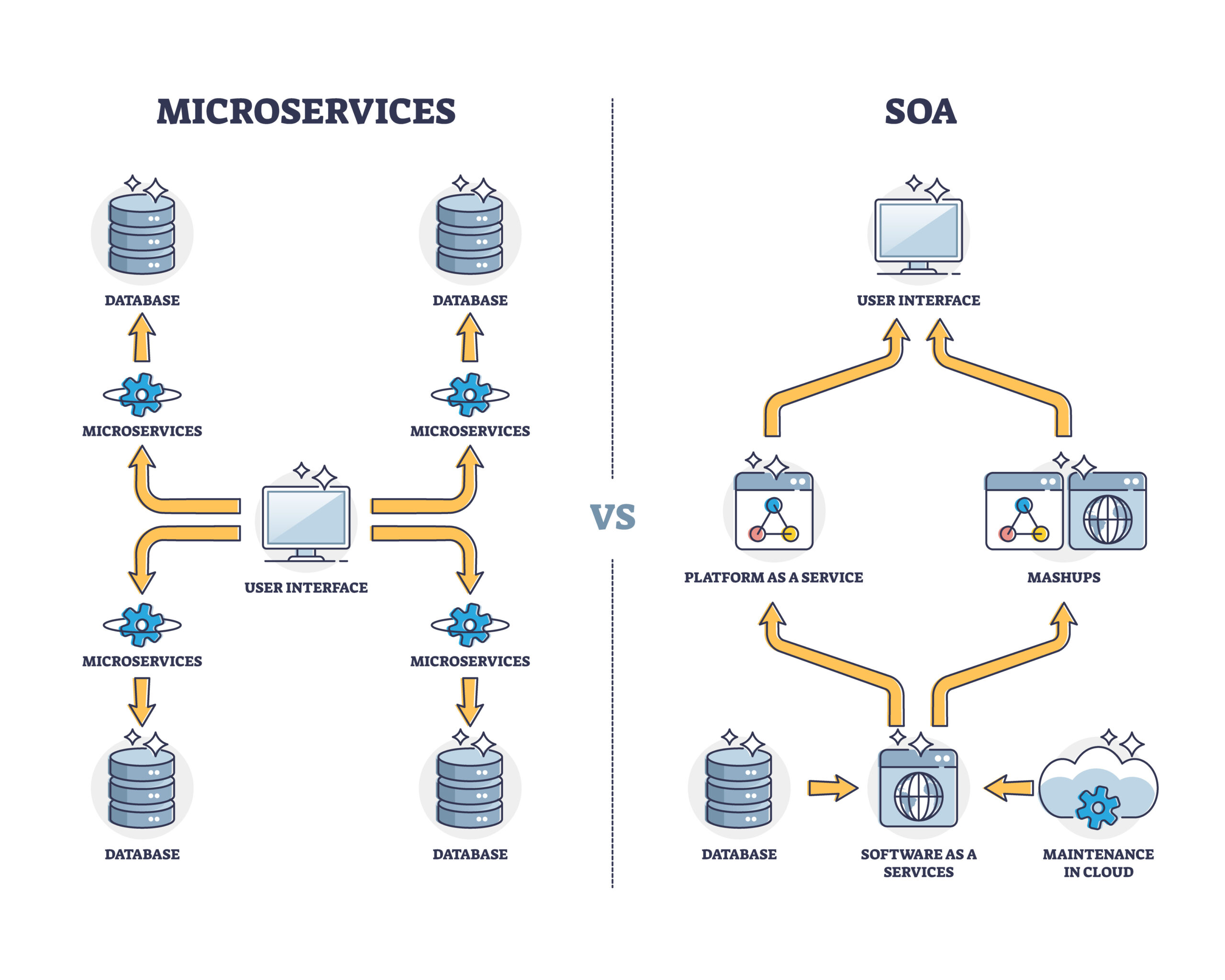Introduction
Imagine going into a building and finding it a mess, with rooms everywhere and no logic to where things are placed. System design is like the blueprint of that building, making sure everything is organized and works smoothly. It’s about how digital tools, like the apps we use daily, are built. Let’s explore why this matters to you, both as a user and someone who makes decisions for your organization.

1. Why Care About System Design?
- Predictability: Just like you’d want your car to start every time you turn the key, good system design ensures digital tools work as they should, every time.
- Handling Growth: Think of your favorite app. As more people use it, it shouldn’t slow down or crash. That’s good system design in action.
- Easy Updates: Apps need updates, whether it’s a new feature or a security fix. Good design means these updates happen seamlessly.
- Bouncing Back: Sometimes things go wrong. A well-designed system can recover quickly, just like having a spare tire when you get a flat.

2. What Makes a System Design Good?
- Organization: Breaking an app into smaller parts that can work independently. It’s like having different departments in a company, each handling its own task.
- Simplicity: Hiding complex parts and presenting users with easy-to-use features. Imagine a TV; you don’t need to know how it works internally to use the remote.
- Flexibility: Building apps in layers. Just as clothes have layers to protect against different weather, apps have layers to manage data, appearance, and logic.
- Independence: Making sure changes in one area don’t mess up others. It’s like ensuring that if the cafeteria in a company closes, the sales department isn’t affected.

3. How It Benefits You as a User
- Fast Performance: Techniques like distributing traffic ensure you don’t wait ages for a page to load.
- Up-to-Date Data: Strategies like database organization mean when you check your bank balance or order status, you get the latest info.
- Quick Access: By storing frequent data closer (caching), apps can show you your favorite items or recent searches instantly.
- Reliability: Redundancies, or backups, ensure that if one part fails, another takes over, ensuring uninterrupted service.

4. For Decision Makers: Why Rethinking Your Systems Matters
- Boost Productivity: A well-organized digital tool can make tasks faster and reduce errors. Imagine a filing system where everything’s labeled vs. one where papers are jumbled.
- Improve Customer Satisfaction: Customers expect your digital services to be fast, reliable, and easy to use. A good system design ensures they remain loyal.
- Cost-Efficiency: Over time, poor systems can become costly to maintain or fix. Investing in good design can save money in the long run.
- Data-Driven Decisions: Good systems can provide valuable data insights, helping you make informed decisions.

5. Why Sometimes Systems Need a Makeover
- Avoiding Complexity: Over time, as you add more features or changes, a system can become messy. Redesigning can streamline and improve it.
- Keeping Data Accurate: As businesses grow, ensuring that all parts of a system show the same, correct data becomes vital.
- Reducing Delays: No one likes waiting. As more people use a system, redesigning can ensure it remains fast.
- Staying Secure: With increasing cyber threats, updating and redesigning systems can patch vulnerabilities.

Conclusion
System design might sound technical, but at its core, it’s about ensuring digital tools work effectively and efficiently. For users, it’s the reason your favorite apps are reliable and easy to use. For decision-makers, investing in good system design can lead to improved performance, happier customers, and better results for the organization. It’s like the difference between a well-oiled machine and one that’s rusty: both might work, but one certainly works better.

